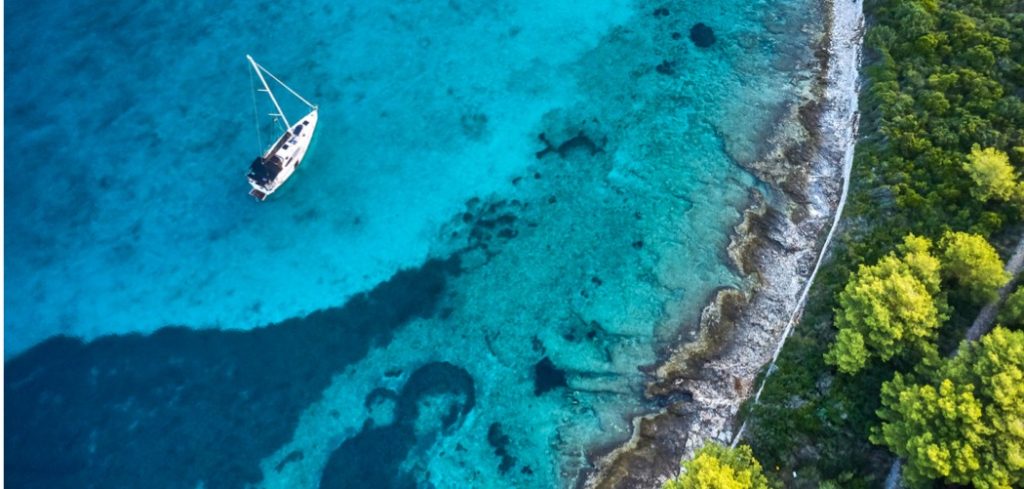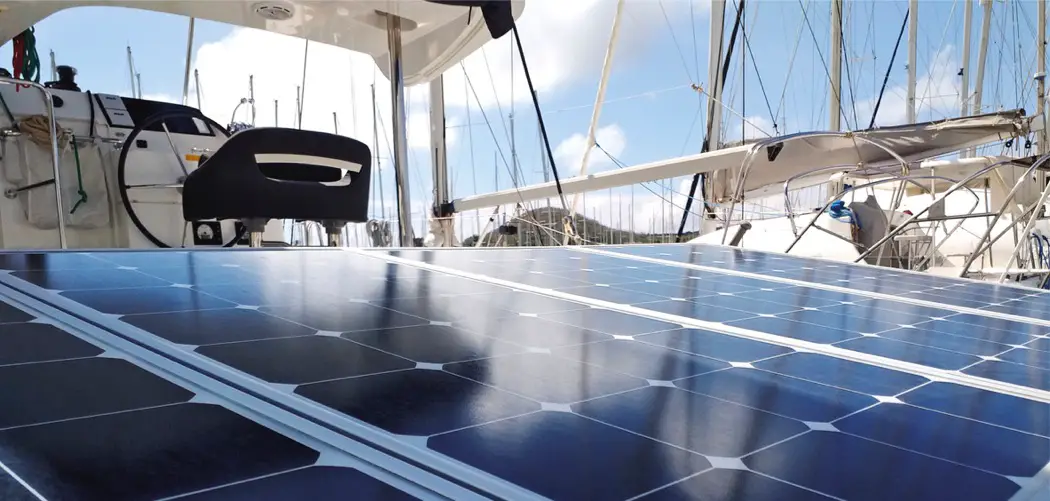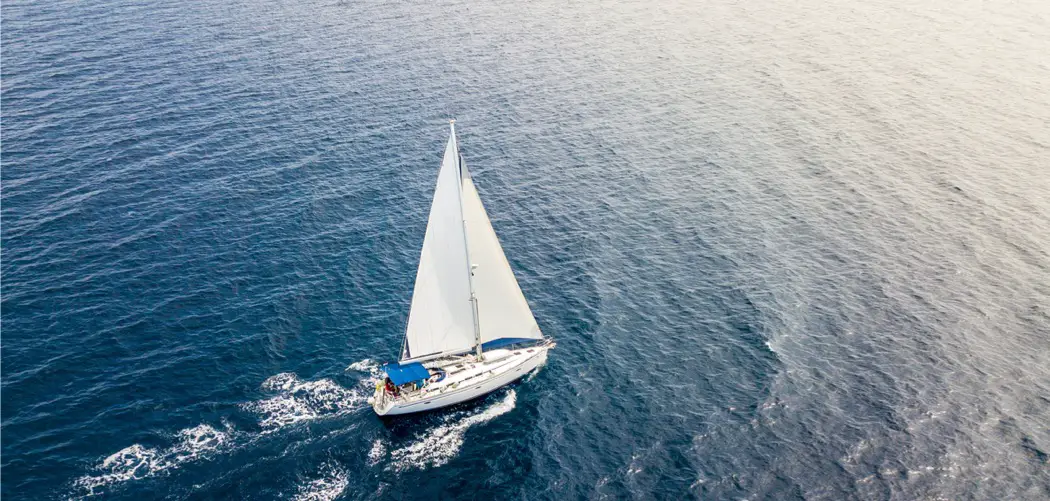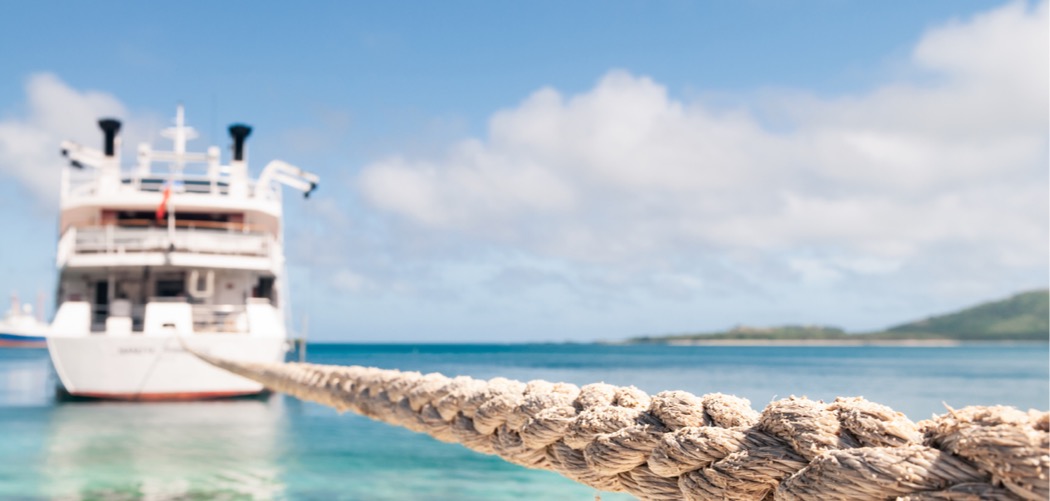 Last year, Americans purchased over 300,000 new boats. And demand isn’t expected to slow down any time soon.
Last year, Americans purchased over 300,000 new boats. And demand isn’t expected to slow down any time soon.
Boating is an incredibly fulfilling hobby. It gives you the chance to create lasting friendships and memories in a unique setting.
Want the perfect day out with the family? Or maybe you want to bond with new friends over a shared hobby? Thank god you’re able to hit the water whenever you want.
One of life’s greatest pleasures is being able to sail out to an amazing location, anchor your boat, and take in the view.
With this in mind, boats are complex vehicles with multiple parts and require good know-how to maintain and run smoothly.
Few parts on your boat will be as important as your anchor.
Here’s your guide to anchoring in deep water.
Table of Contents
How Anchors Work
At its simplest, an anchor is a large item, usually made of metal, that keeps a boat stationary in the water. The anchor is connected to the vessel by a chain called the anchor rode.
The anchor plays a secondary safety role by keeping the boat away from rocks and other jagged items that could damage the vessel. Safety is king when out on the water.
When you deploy an anchor, you first need to set it. The anchor will be tossed overboard, at which point the captain will put the boat into reverse. This allows the anchor to drag along the seabed.
When deployed in soft, sandy seabeds, the anchor will dig into the floor as it goes. As the anchor digs in, resistance generated by the suction at the seabed will cause the boat to come to a stop.
Anchors deployed in rocky areas will bring the boat to a stop by snagging on large items under the water.
Factors like wind and general weather conditions play a role, but a properly set anchor should be able to hold your boat for as long as you want.
How Do You Anchor Your Boat in Deep Water?
Now you know what anchors do and how they work, it’s time to learn how to use them in deepwater settings.
The first thing you’ll want to do is prepare. Be sure to take plenty of rode with you, even if it seems like more than you think you need.
Here are a few more things you’ll need to do.
Determine the Botton of the Water
The first important step is to find out what’s at the bottom of the water where you are. As a general rule, you’ll want to anchor your boat where the floor is made of mud or sand.
You can use a fish finder to determine the depth and the composition of the floor in your location. Sandy or muddy areas will show a lighter echo, and rocky areas will show up darker.
Once you’ve found a good area, you’ll need to set your anchor. Try to do this by moving with the current and wind. This allows you to scope back to your spot and retrieve the anchor without damaging it.
If the current and the wind are moving in the same direction, then you’re in for an easy time. Just motor up current until the anchor is set.
If the wind and current are moving in different directions, it’s going to be a case of just trying until you get it right.
Pick the Right Anchor
There are many different varieties of anchors out there for your boat. Three of the most popular are the fluke, the claw, and the plow.
Different anchor types work best for different terrain. Some do better in the sand, others in rock. There’s no one size fits all, and choosing the right anchor is vital.Other factors in determining the right anchor type are the typical weights, sizes, durability, and cost of each anchor.
Fluke Anchors
Fluke anchors, especially of the past, are what most people imagine when they visualize an anchor.
Fluke anchors are great for use in mud or sand and remain the top anchor type for these environments. They are also of small size and can fit on most boats.
Fluke anchors can lack versatility, though, and are not typically advised for use in areas that aren’t muddy or sandy.
Claw Anchors
A popular choice amongst recreational boaters, the claw anchor, is a multi-purpose anchor suitable for a range of underwater environments.
You can deploy these anchors in mud/sand, corral, or rocks with no problems. Claw anchors tend to set much easier than other types.
On the downside, claw anchors are quite heavy, and depending on their size, may not be suitable for your vessel.
Plow Anchors
The plow anchor is shaped like the gardening tool it’s named after.
The plow anchor is another great all-around option that will handle most terrains and weather conditions. They also have great holding power.
Plow anchors can sometimes struggle on rocky surfaces and can be very heavy indeed. You’ll struggle to find a plow anchor under 25lbs, so keep this in mind when choosing your anchor.
Get the Right Size
It’s important to find the right size anchor for your boat. Making the right choice here will ensure that your boat holds well wherever you decide to anchor it.
If you’re inexperienced with boats, you can use handy charts to determine the correct size anchor for your boat.
You can also ask fellow boaters for their advice or seek expert help from a boat showroom or marine retailer.
Bring it Back
You’ve spent a lot of time learning how to deploy your anchor, be sure to get it back.
In days gone by, sailors and boaters had to haul their anchors in by hand. Don’t start rushing for the weights just yet, though.
To retrieve your anchor, you can buy a windlass, a specially designed winch that can wind your anchor in for you. Easy as anything.
Learn More
If you’ve read this guide carefully, you’ll be itching to get outside and anchor your boat in deep water. As you should be, it’s a wonderful way to spend a day.
But there’s always more to learn about boating and plenty of products out there to keep you and your boat in top condition when out on the water.
Check out some of our buyer’s guides to find the perfect items for your boat.




